You can store the strings in a regular string variable. The problem may be getting them in there.
Probably the easiest way to get them into the string variable or array, would be to list them in a column on a worksheet (probably either in a hidden column or a hidden worksheet) and then copy them from those cells to your string variable.
The VBA Editor does not process Unicode characters when you paste it in, if you are using Western settings, nor does the regular Input box.
To demonstrate that the string variable does, in fact, store Unicode strings, you can try the following:
Application.InputBox will allow you to paste in Unicode strings, and you can store them in a regular string variable. Unfortunately, if you examine that string variable in the VBE, you will see only a string of ?'s even though the correct values are stored.
Here is an example showing that the proper values are stored -- I output the results in a User Form. The original string and the Unicode character codes.
I Inserted a UserForm (UserForm1), added a Textbox, and allowed it to AutoSize.
Option Explicit
Sub foo()
Dim I As Long
Dim sMyUnicode As String
Dim S As String
Dim TB As TextBox
sMyUnicode = Application.InputBox(prompt:="Input Unicode String", Type:=2) 'Type 2 = text
S = sMyUnicode & vbLf
For I = 1 To Len(sMyUnicode)
S = S & vbLf & Mid(sMyUnicode, I, 1) & vbTab & Hex(AscW(Mid(sMyUnicode, I, 1)))
Next I
With UserForm1
.TextBox1.Value = S
.Show
End With
End Sub


Another possible solution, which I cannot check against your sample on my system, was once posted on an MSDN forum:
1.In Control Panel > Regional and language options> advanced tab choose the native language you want to use in language for non-unicode
programs
2.In VBA editor choose tools>options>editor format> font which support your language




